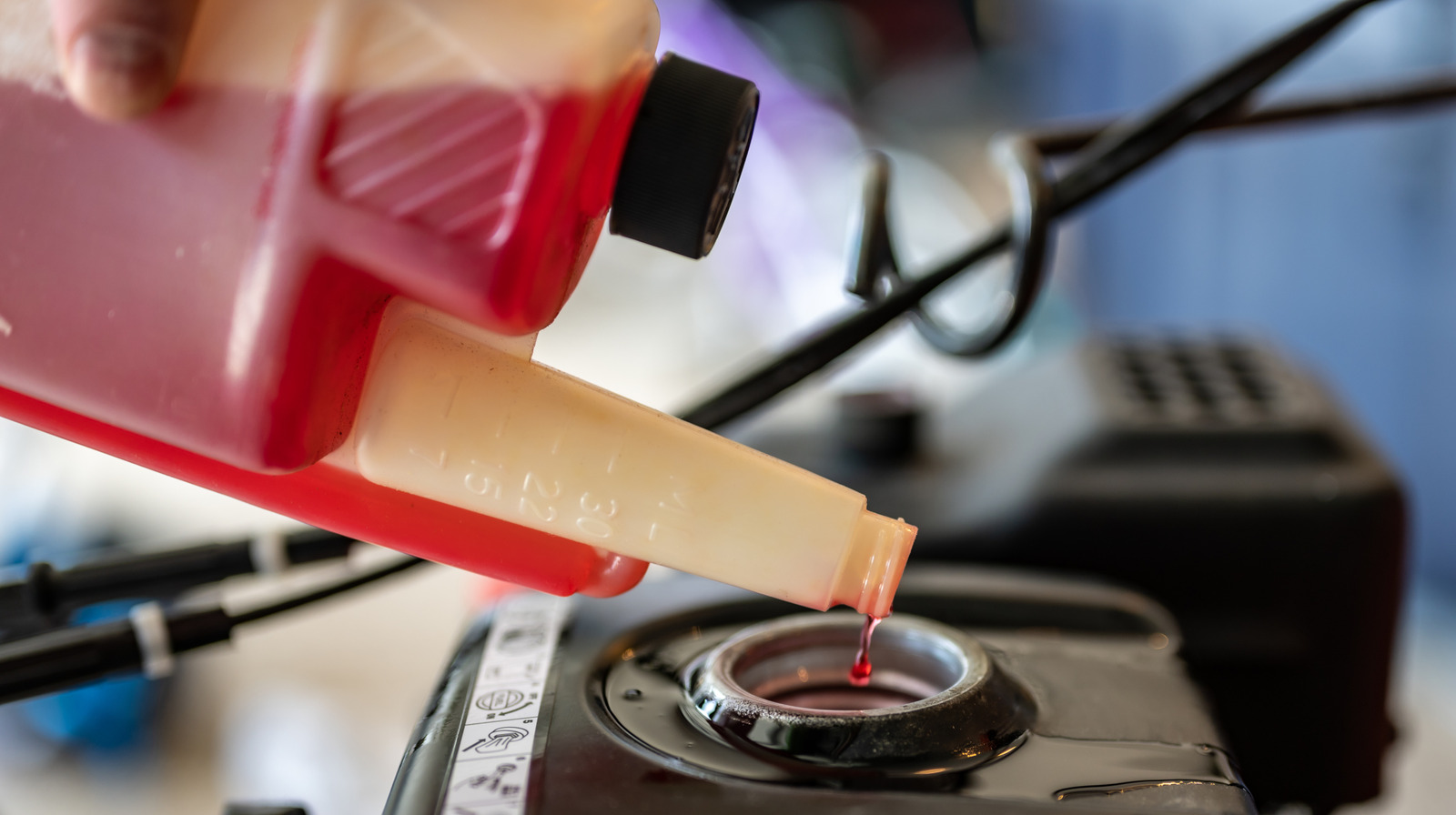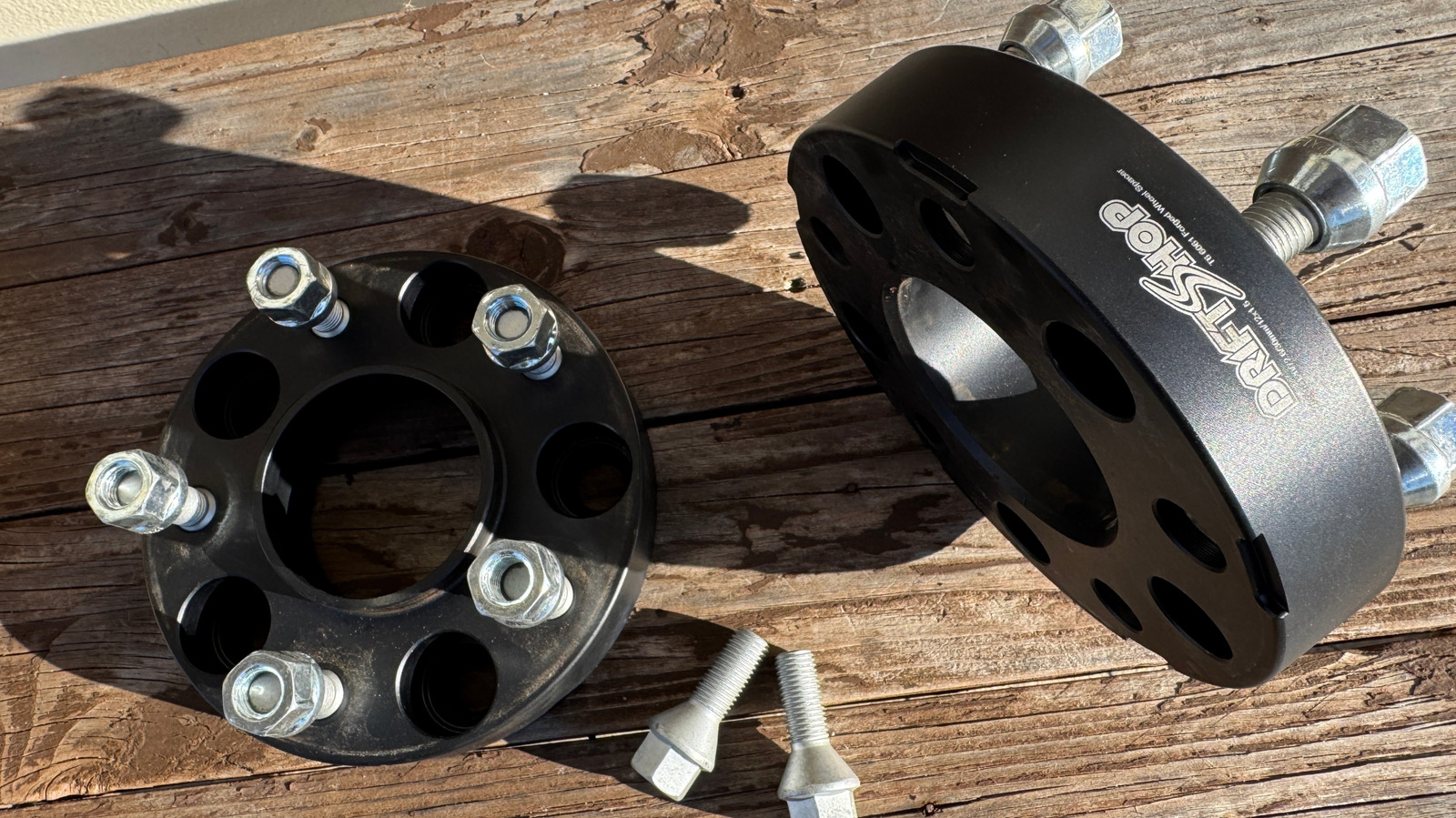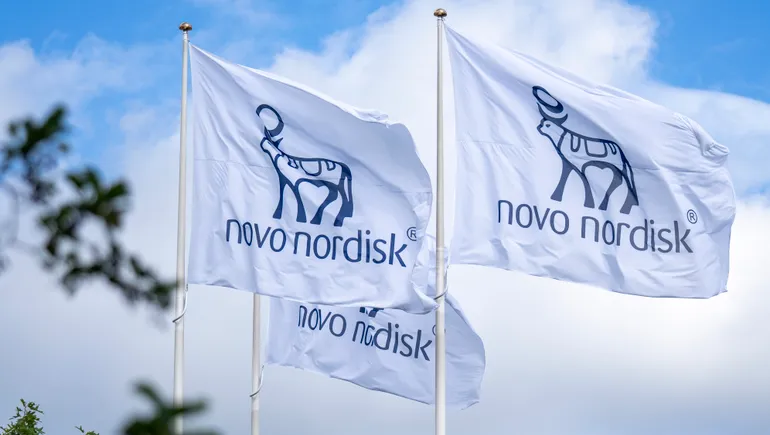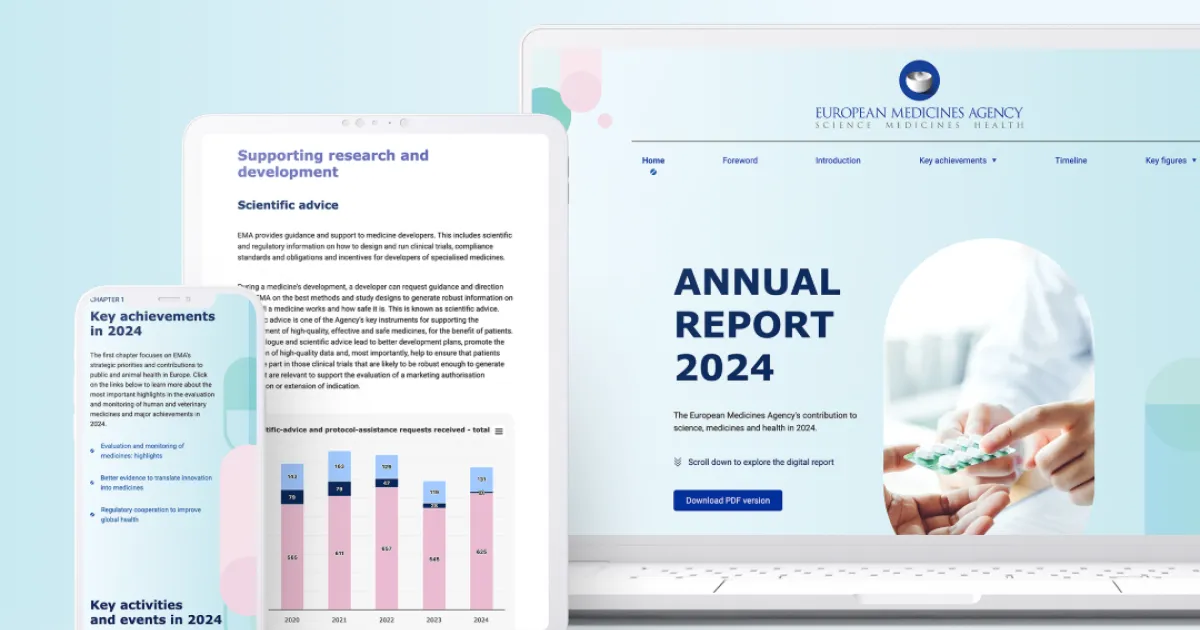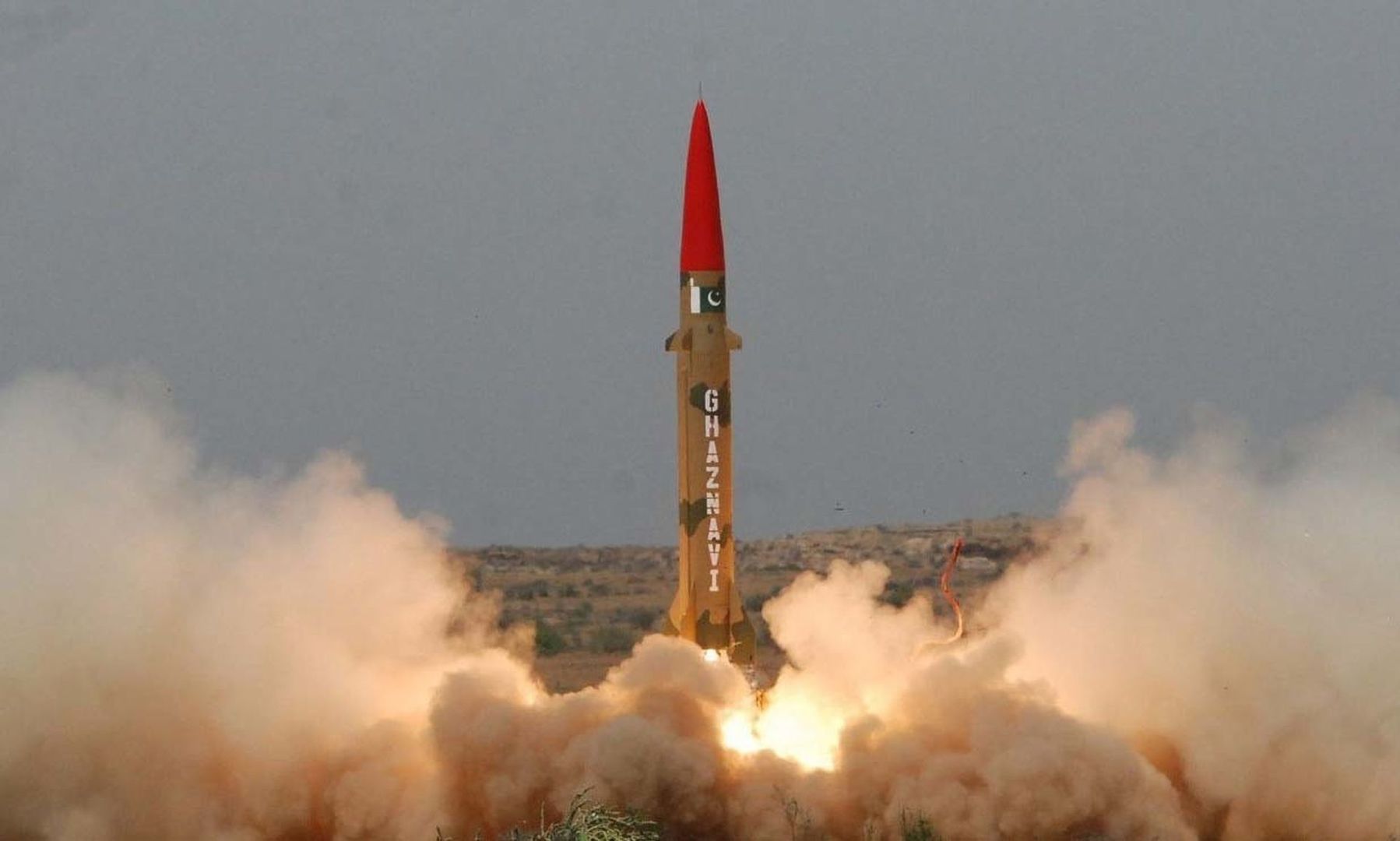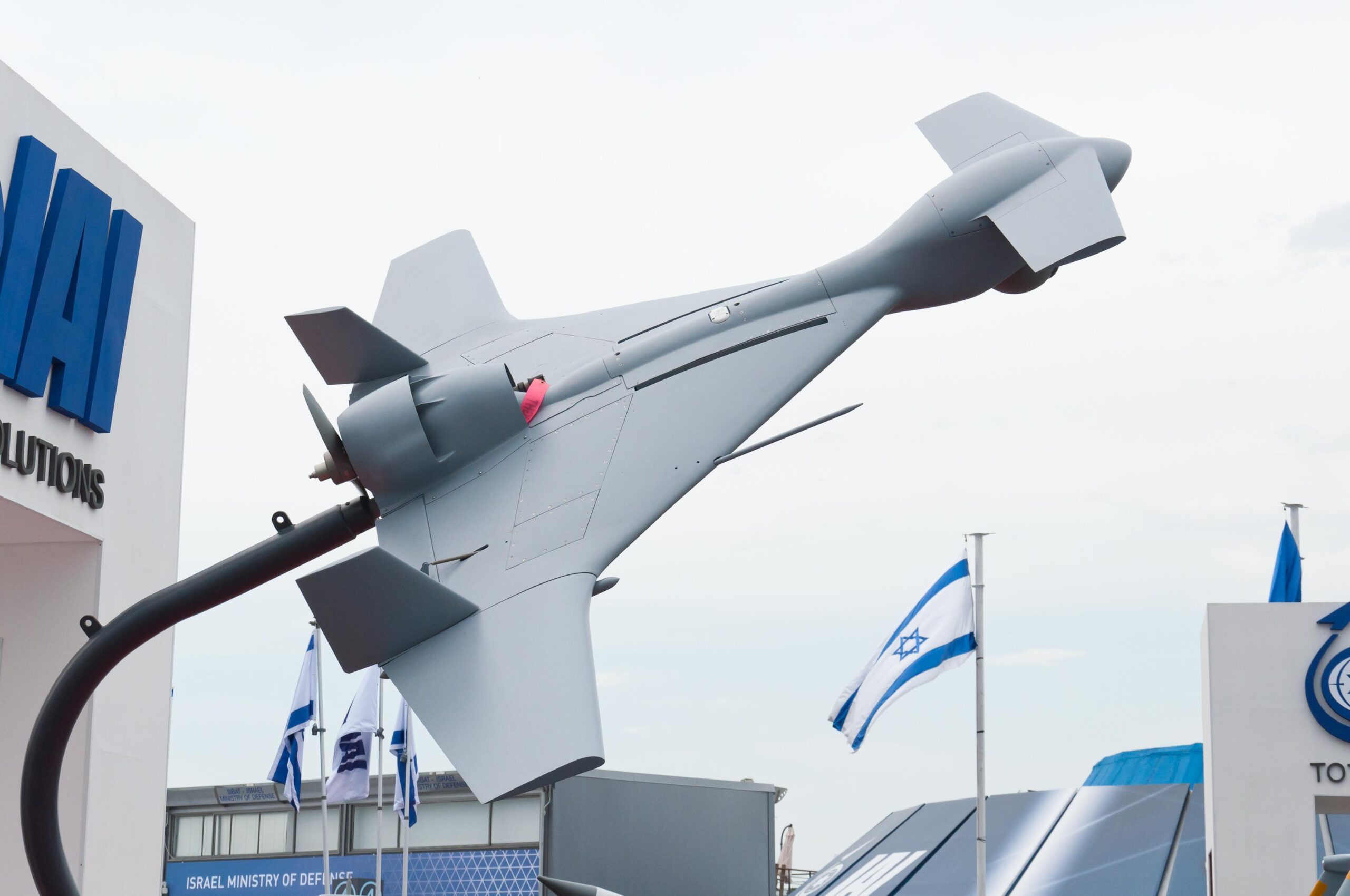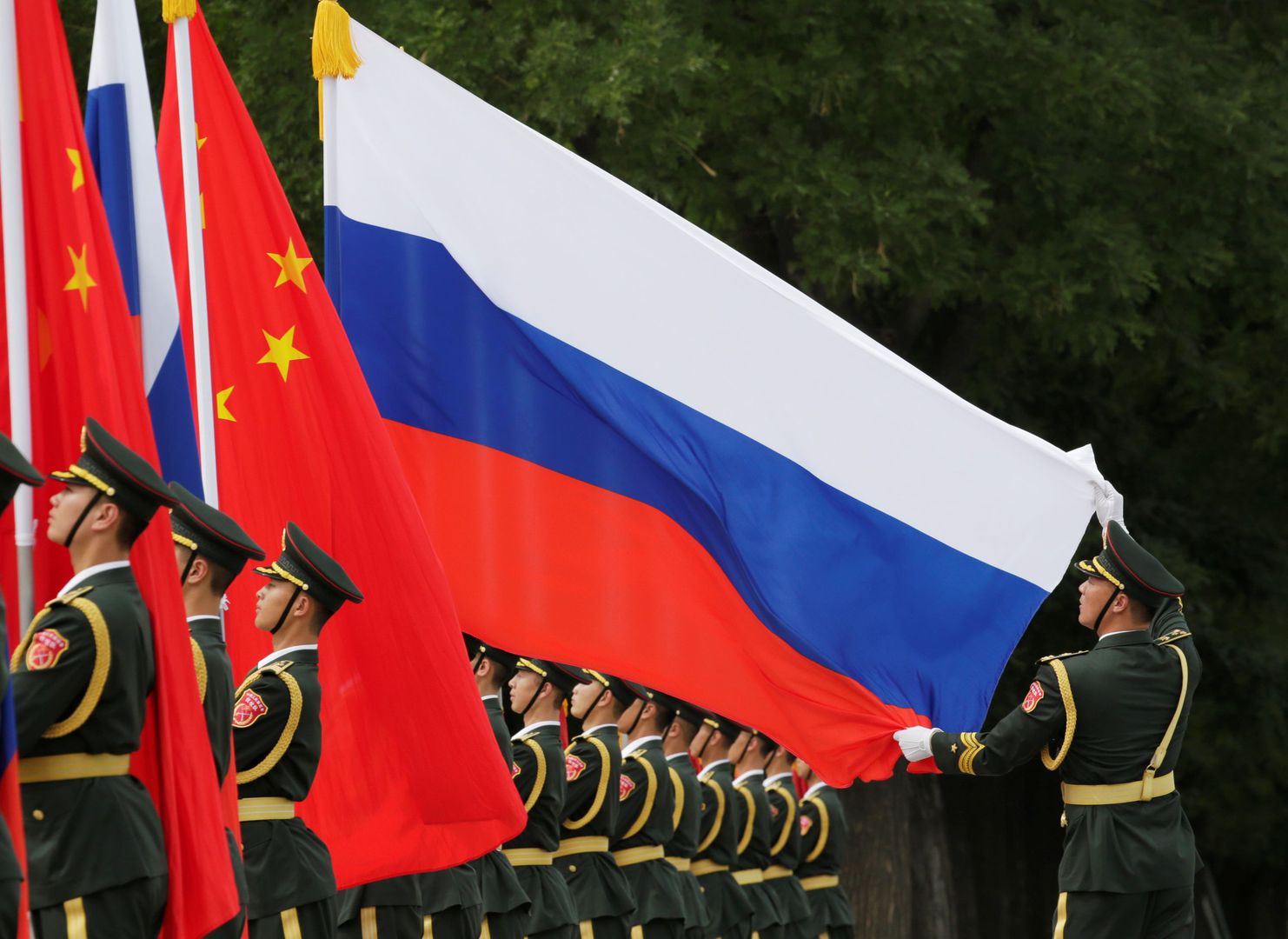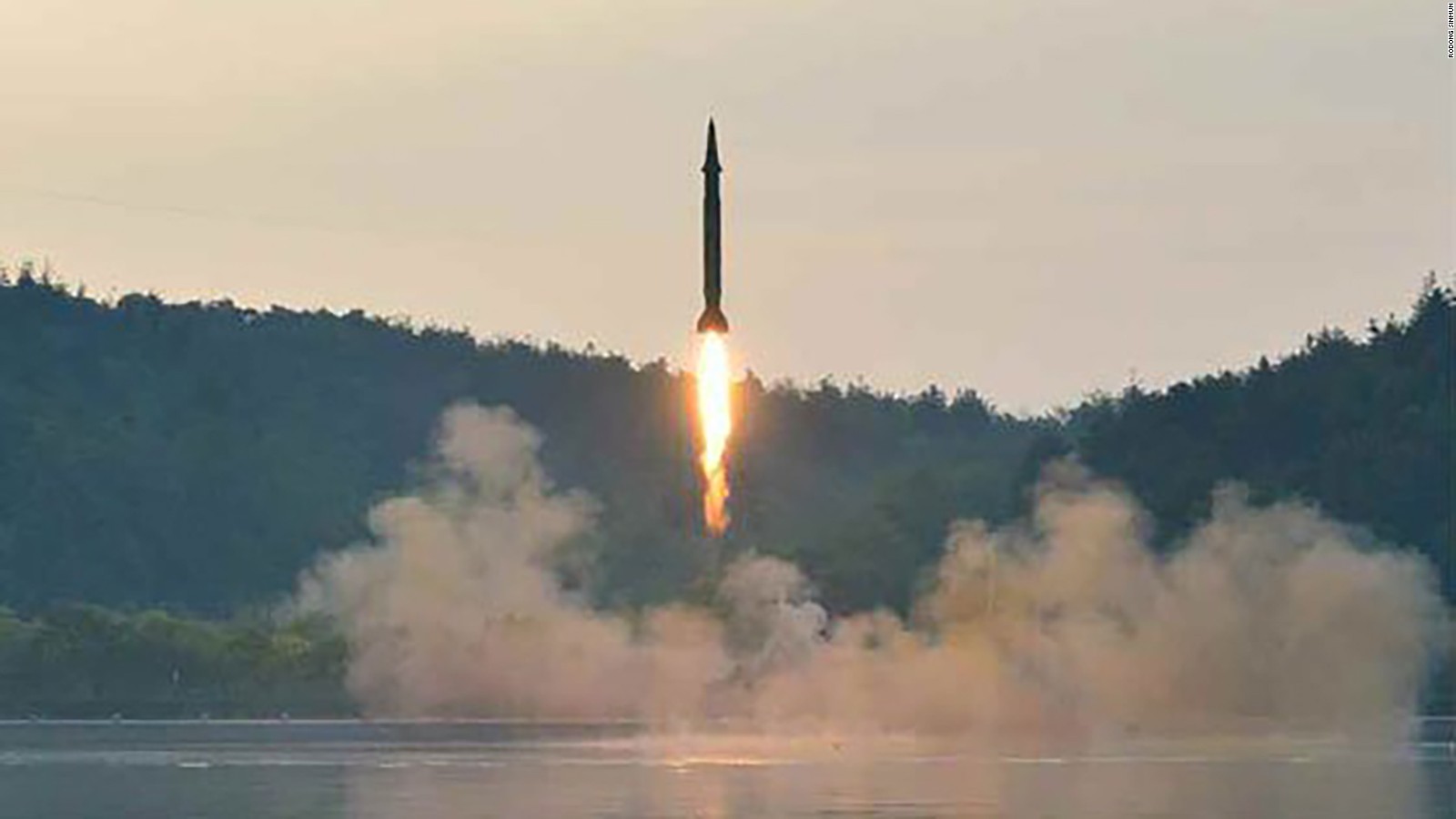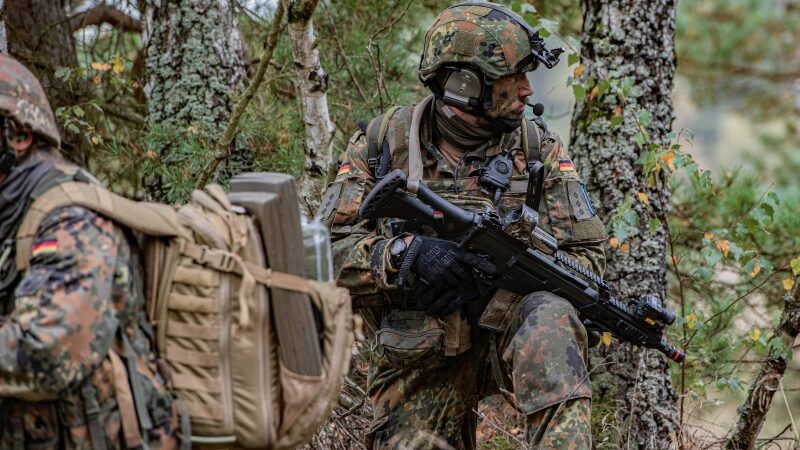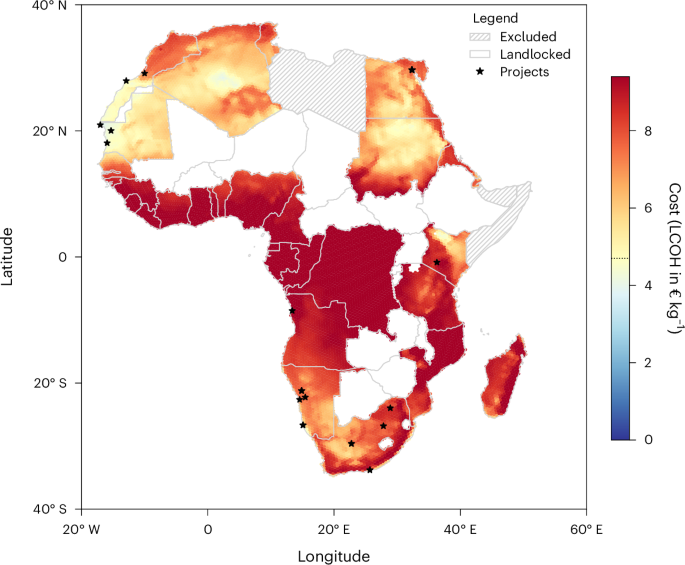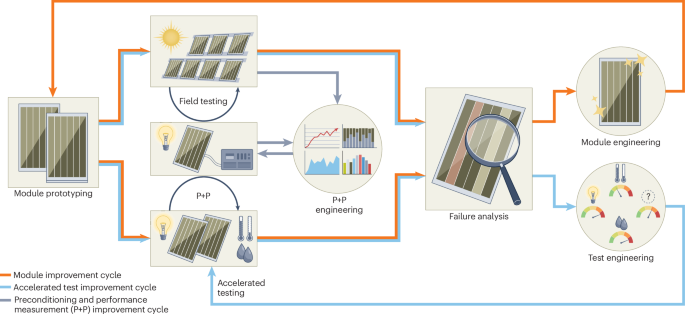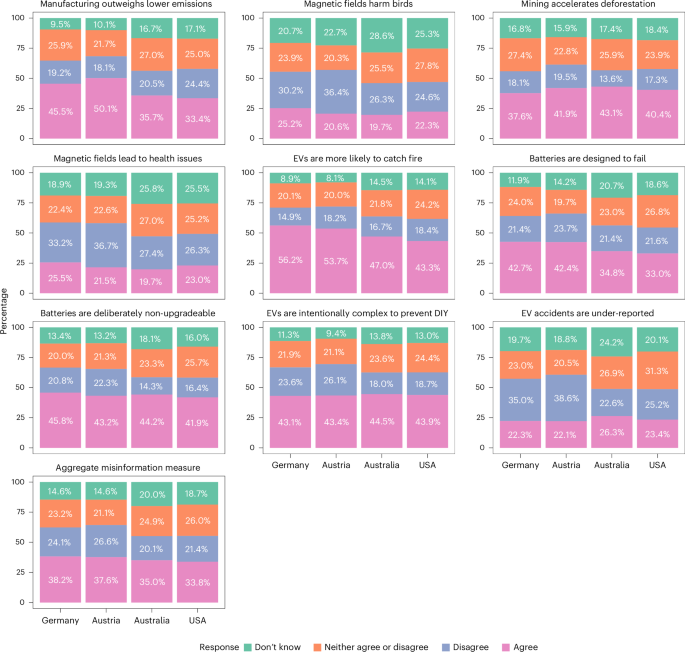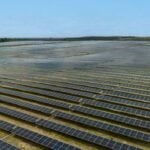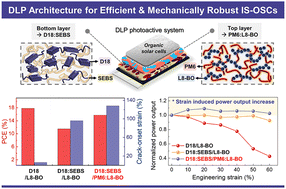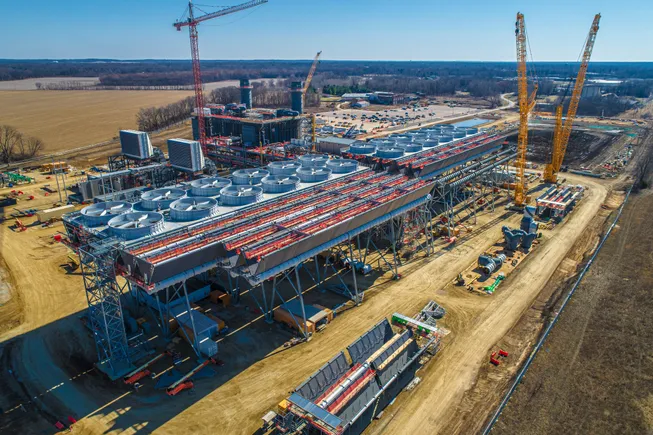Macrophage‐Tased Dual‐Phase T Cell Immunomodulation to Combat Transplant Rejection
Advanced Healthcare Materials, Volume 14, Issue 15, 10 June, 2025.

A novel engineered macrophage with enhanced PD-L1 expression (sPD-L1M) has been developed. sPD-L1M exhibited adaptive targeting capabilities, increasing their migration to grafts in response to heightened rejection. sPD-L1M, in combination with CTLA4-Ig, provides distinct, non-redundant inhibitory signals during the initial activation phase and the post-activation phase of T cell. This combination demonstrates outstanding synergistic efficacy in suppressing graft rejection and prolonging graft survival.
Abstract
Transplant rejection remains a major challenge, driven primarily by the activation of alloreactive T cells. While enhancement of PD-L1 checkpoint molecules has exhibited potential in inhibiting T cell activity, its efficacy is often hindered by limited specificity and inadequate efficiency. Herein, a novel dual-phase immune modulation strategy is developed in which CTLA4-Ig and PD-L1 provide distinct, non-redundant inhibitory signals during the initial activation phase and the post-activation phase of T cells. PD-L1 is stably expressed on macrophages (sPD-L1 M) through lentiviral transduction, allowing them to leverage their chemotactic and antigen-presenting functions to target and deliver PD-L1 to transplant rejection sites. Notably, sPD-L1 M exhibited adaptive targeting capabilities, increasing their migration to grafts in response to heightened rejection. In an allograft skin model, the combined intravenous administration of sPD-L1 M and subcutaneous administration of CTLA4-Ig demonstrated synergistic efficacy, significantly suppressing alloreactive T cell activation, enhancing the recruitment of regulatory T cells (Tregs), downregulating pro-inflammatory cytokines, and prolonging allograft survival compared to either treatment alone. This study presents a promising strategy to effectively suppress T cell activity and prevent allogeneic immune responses without systemic immunosuppression.






















